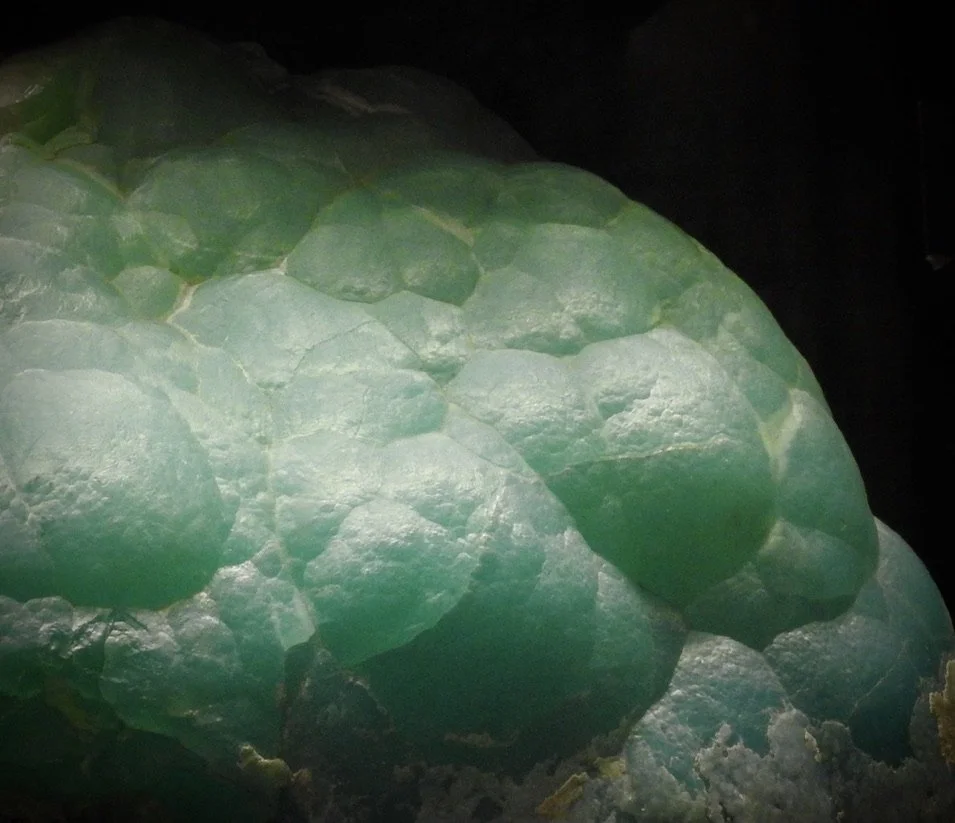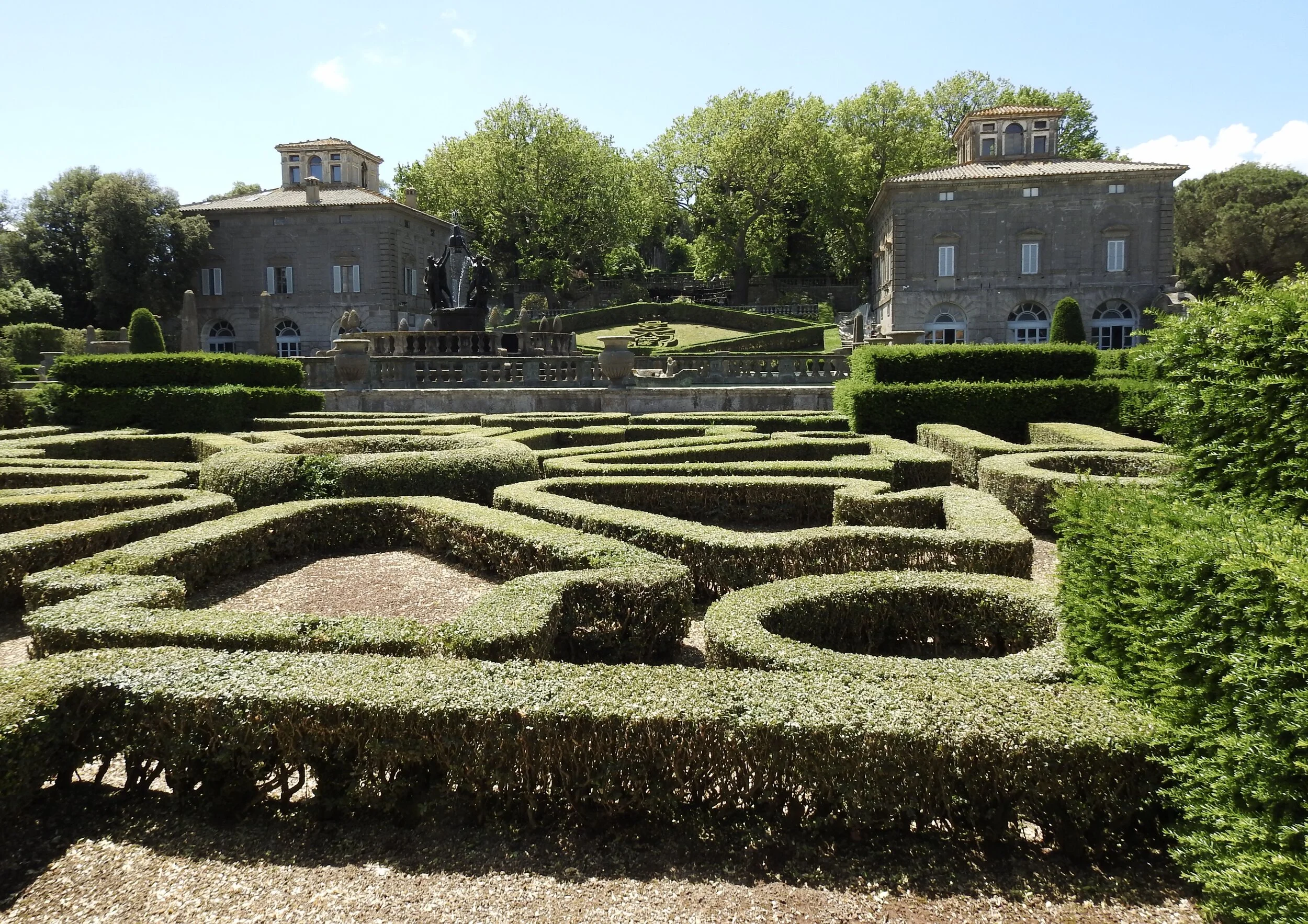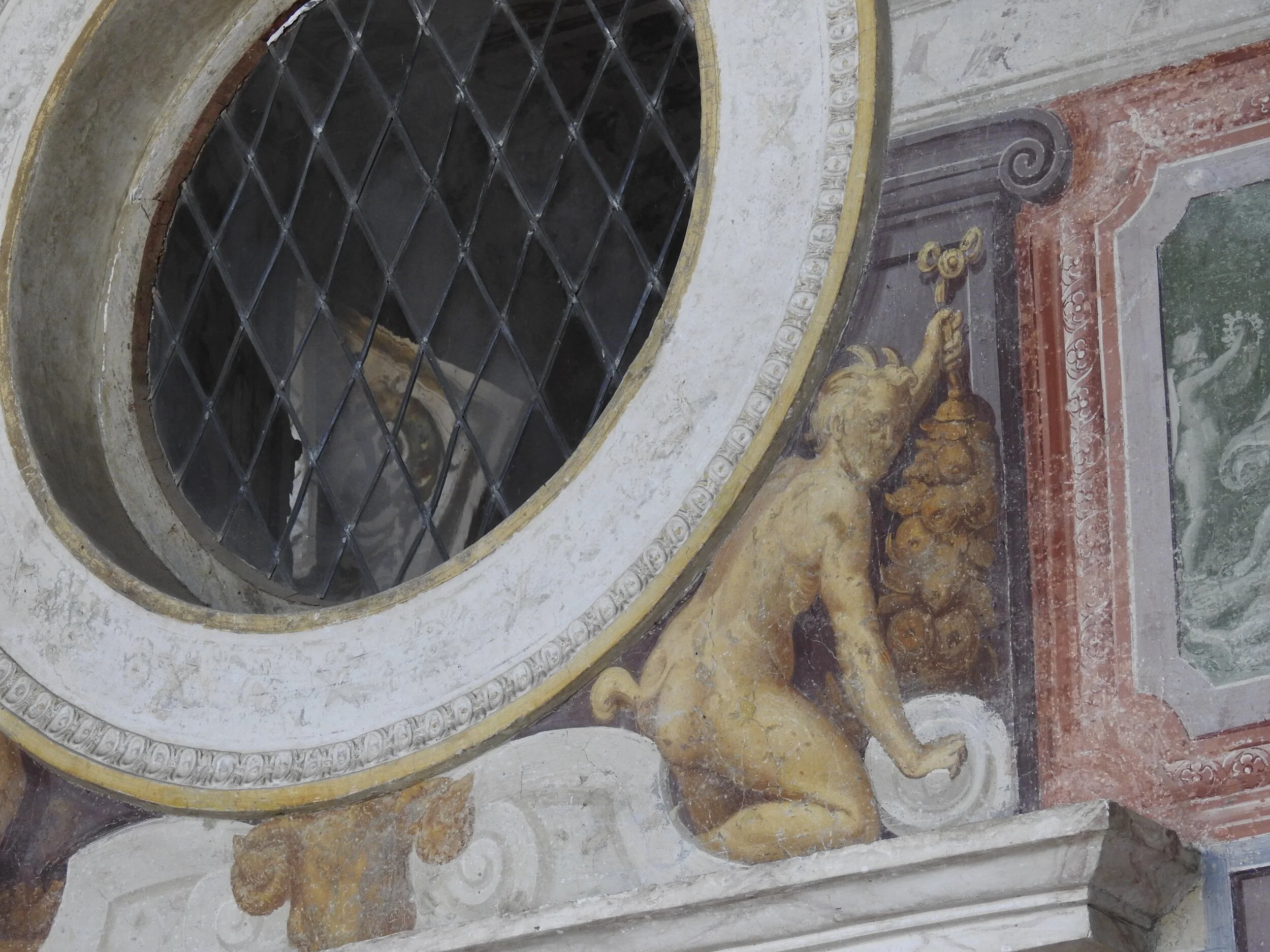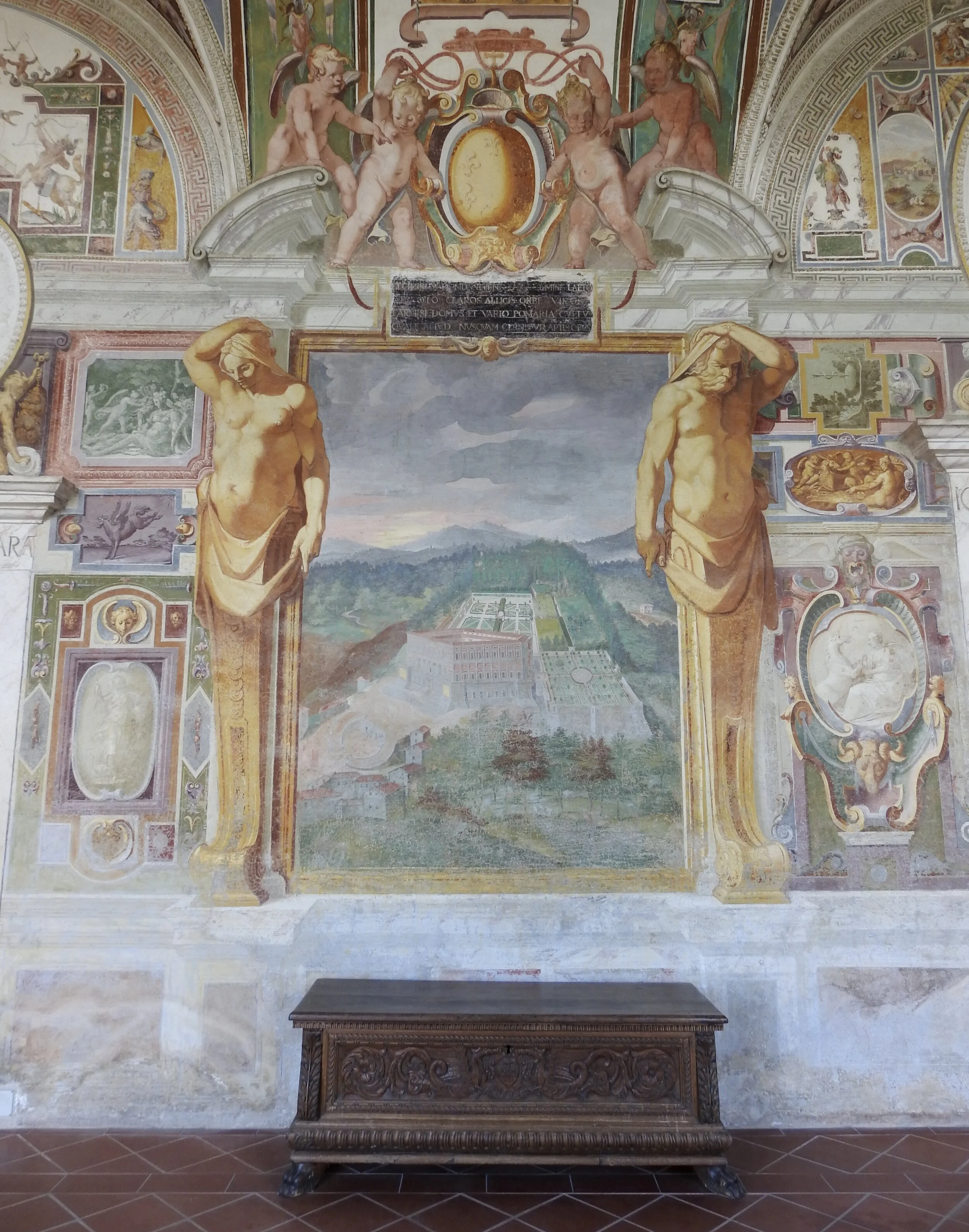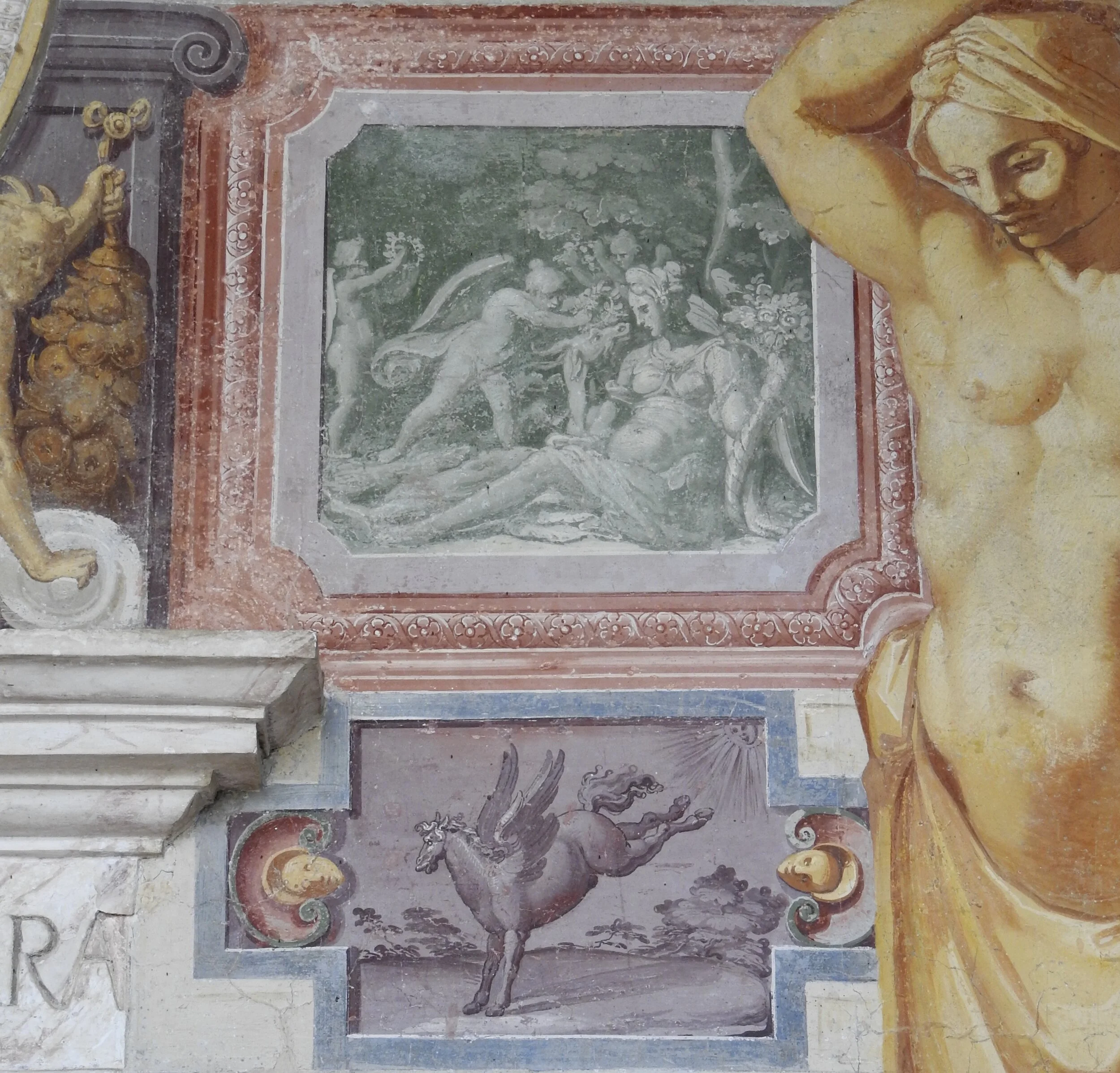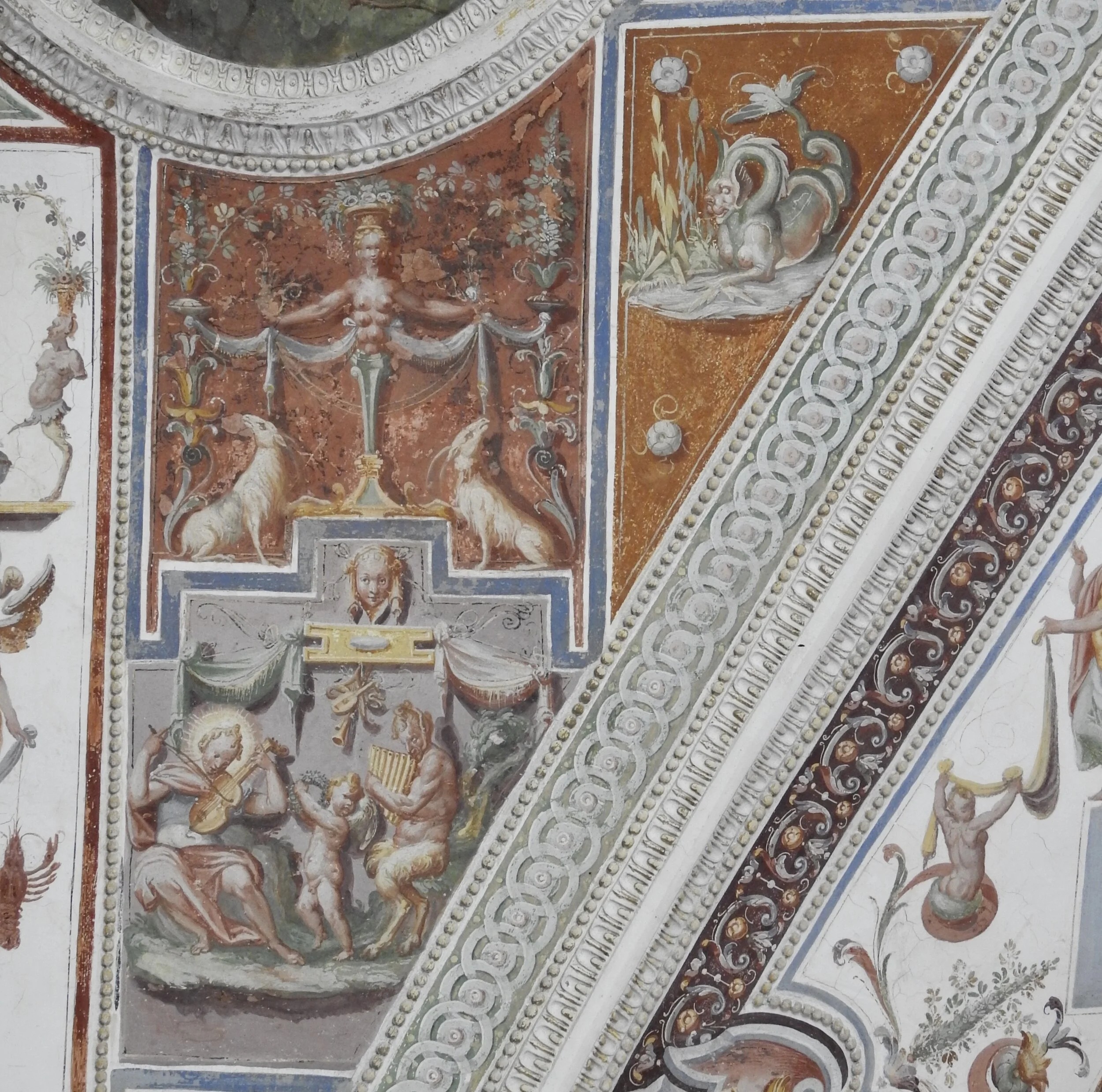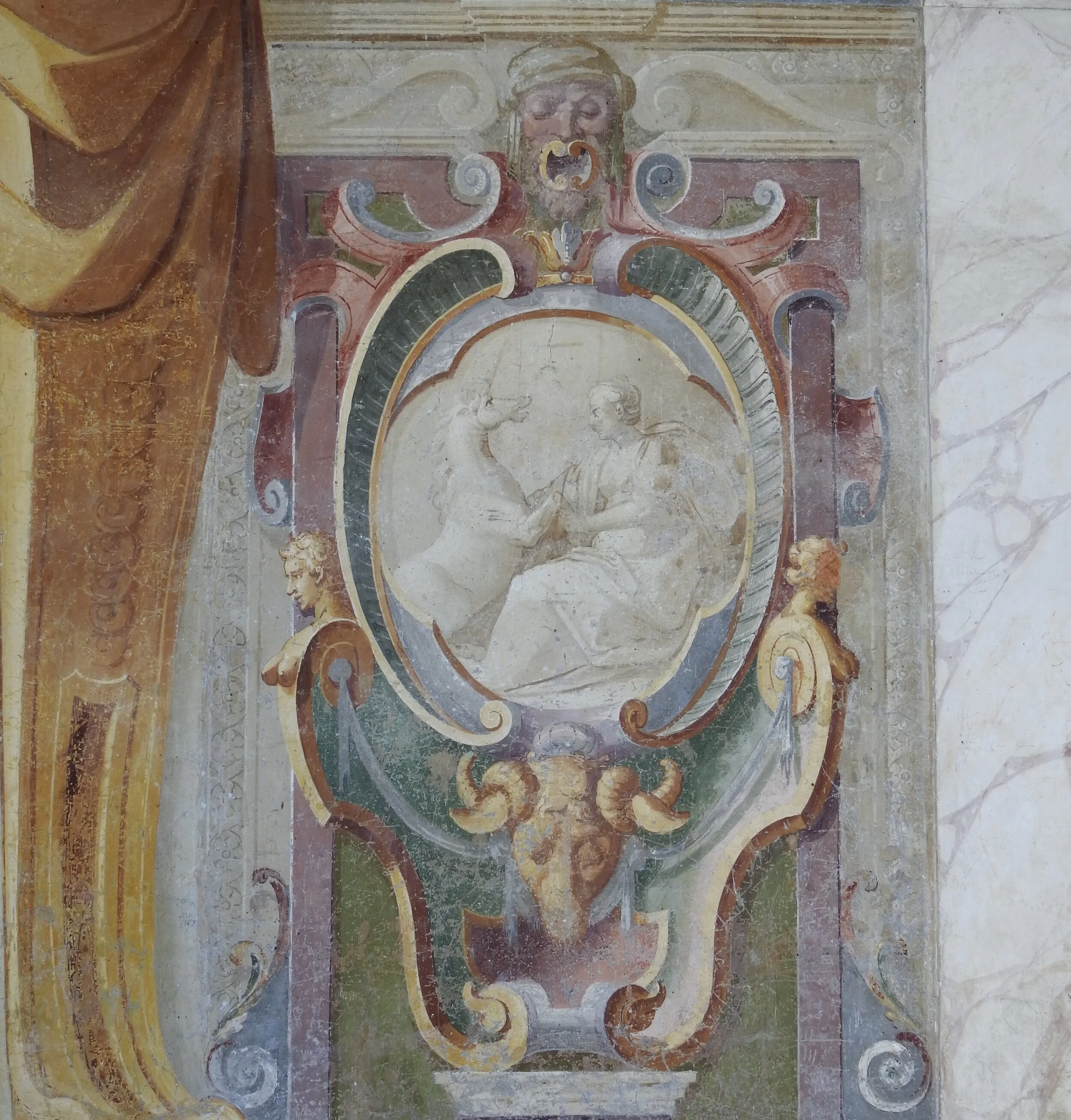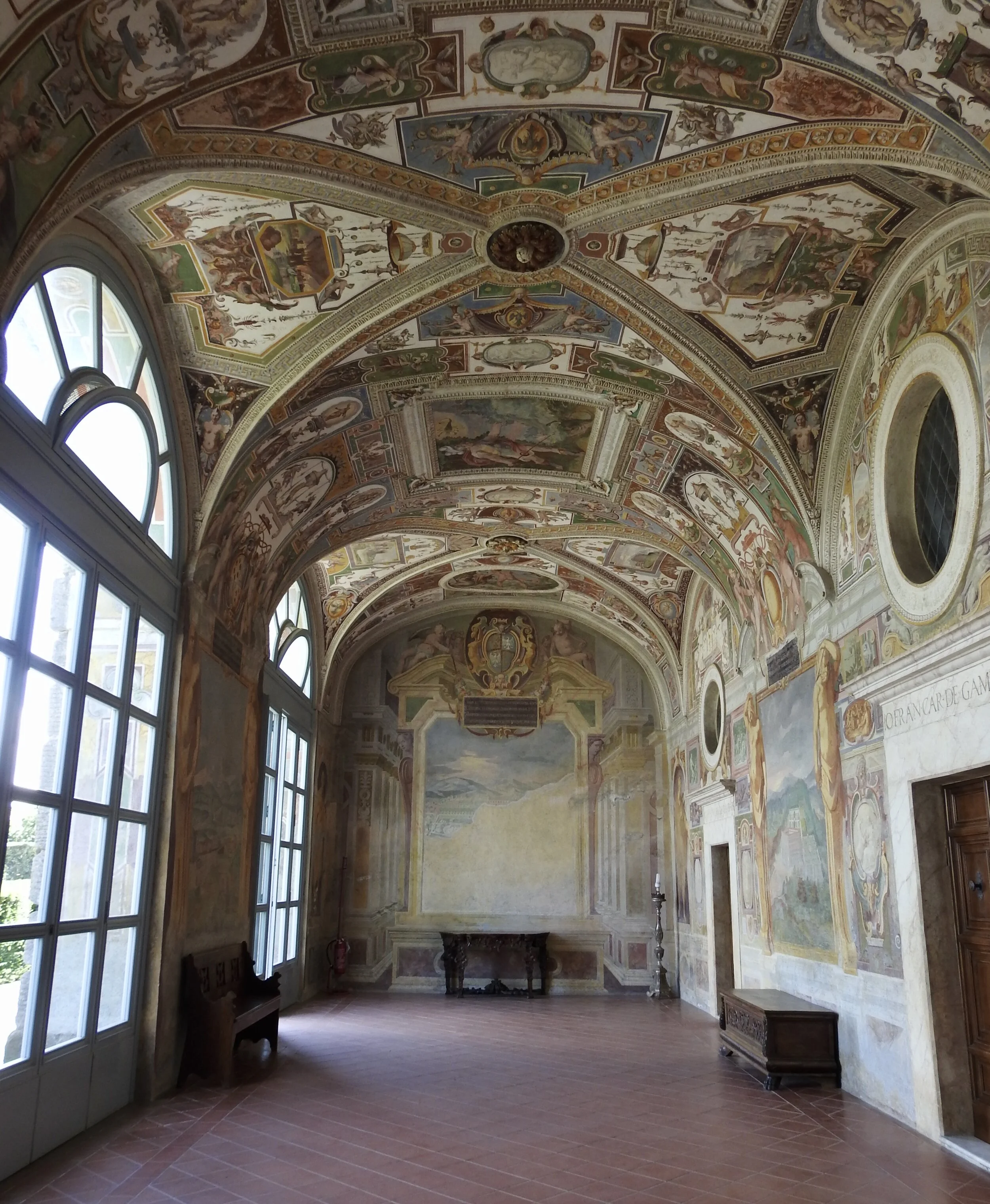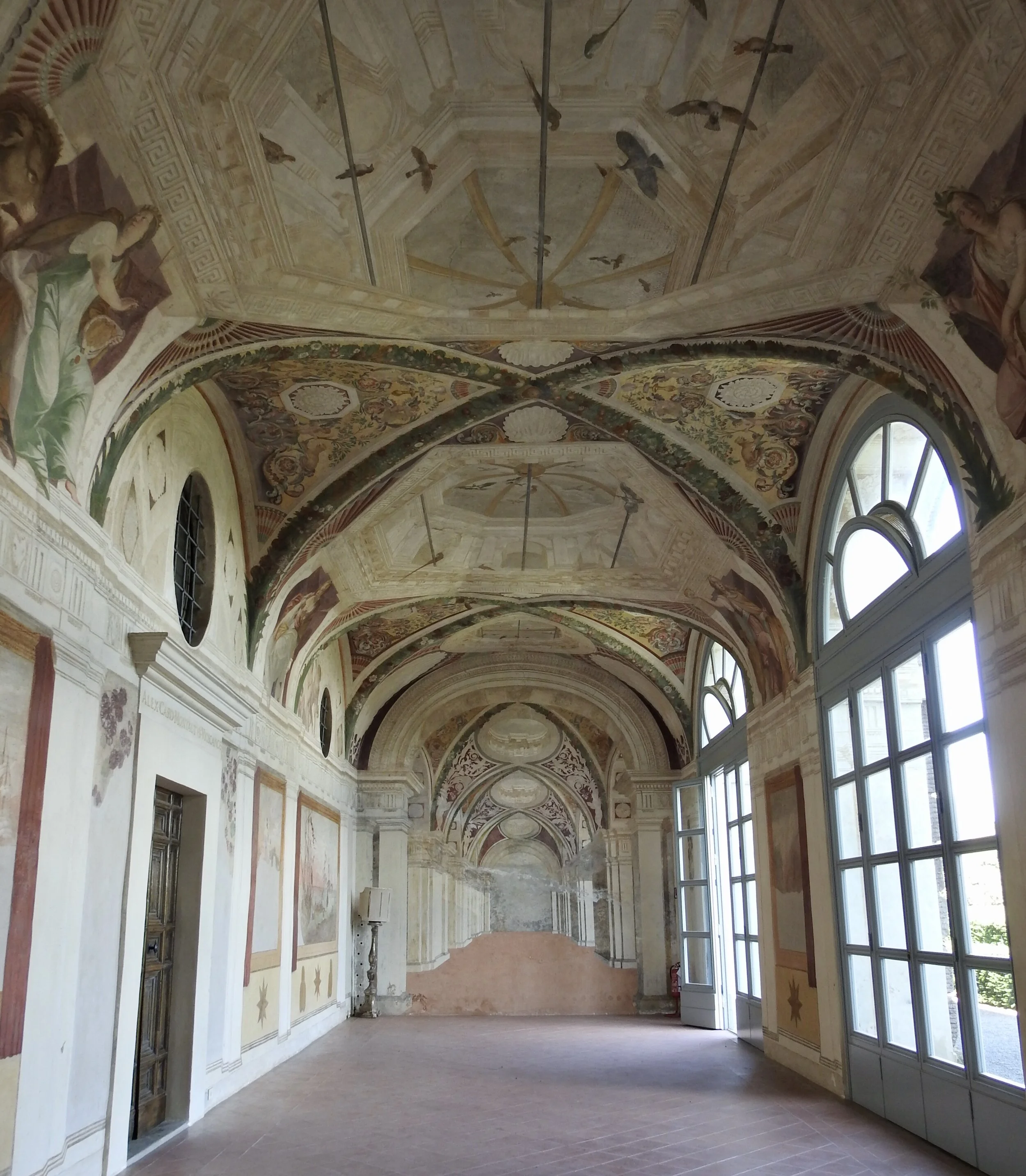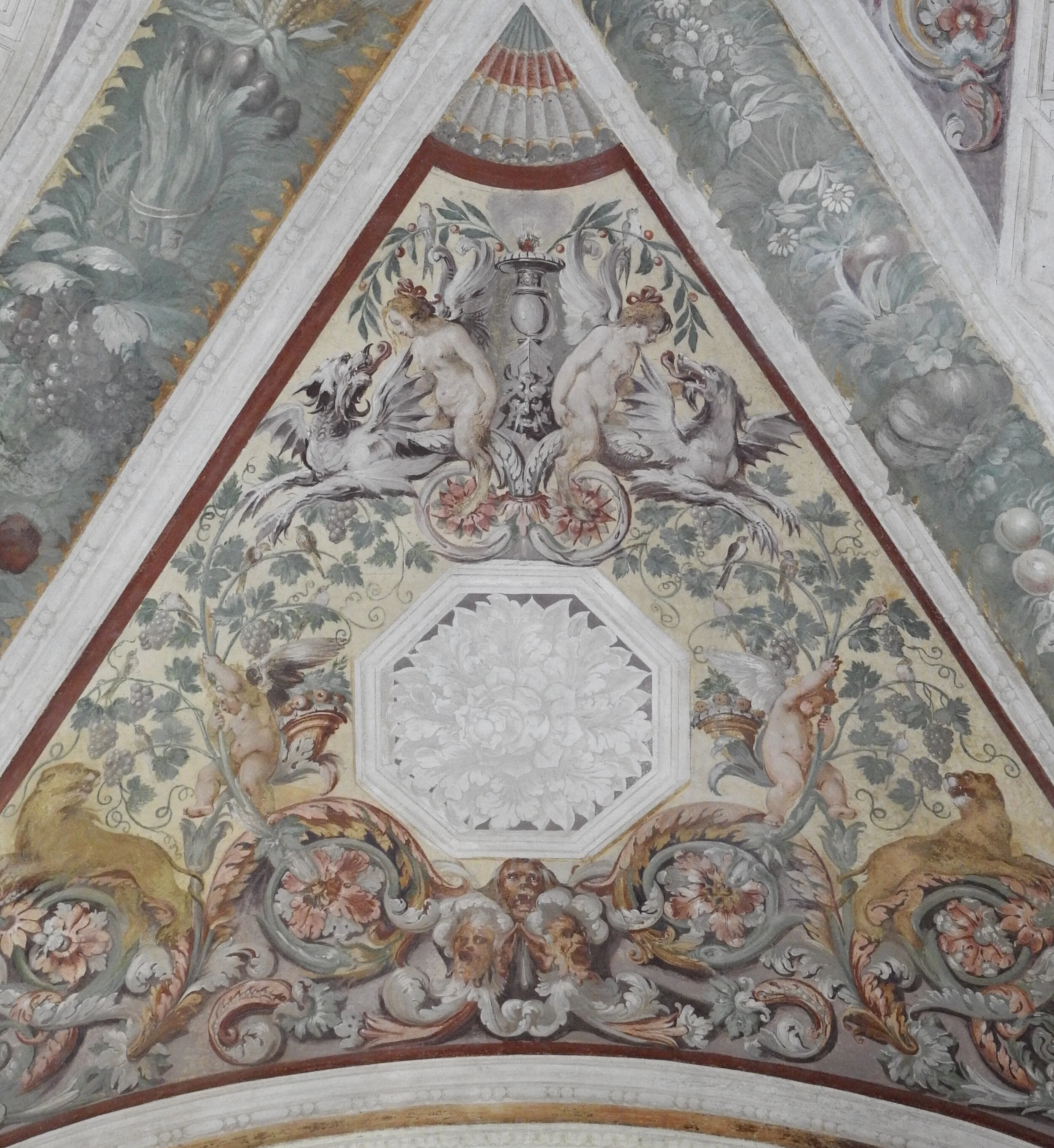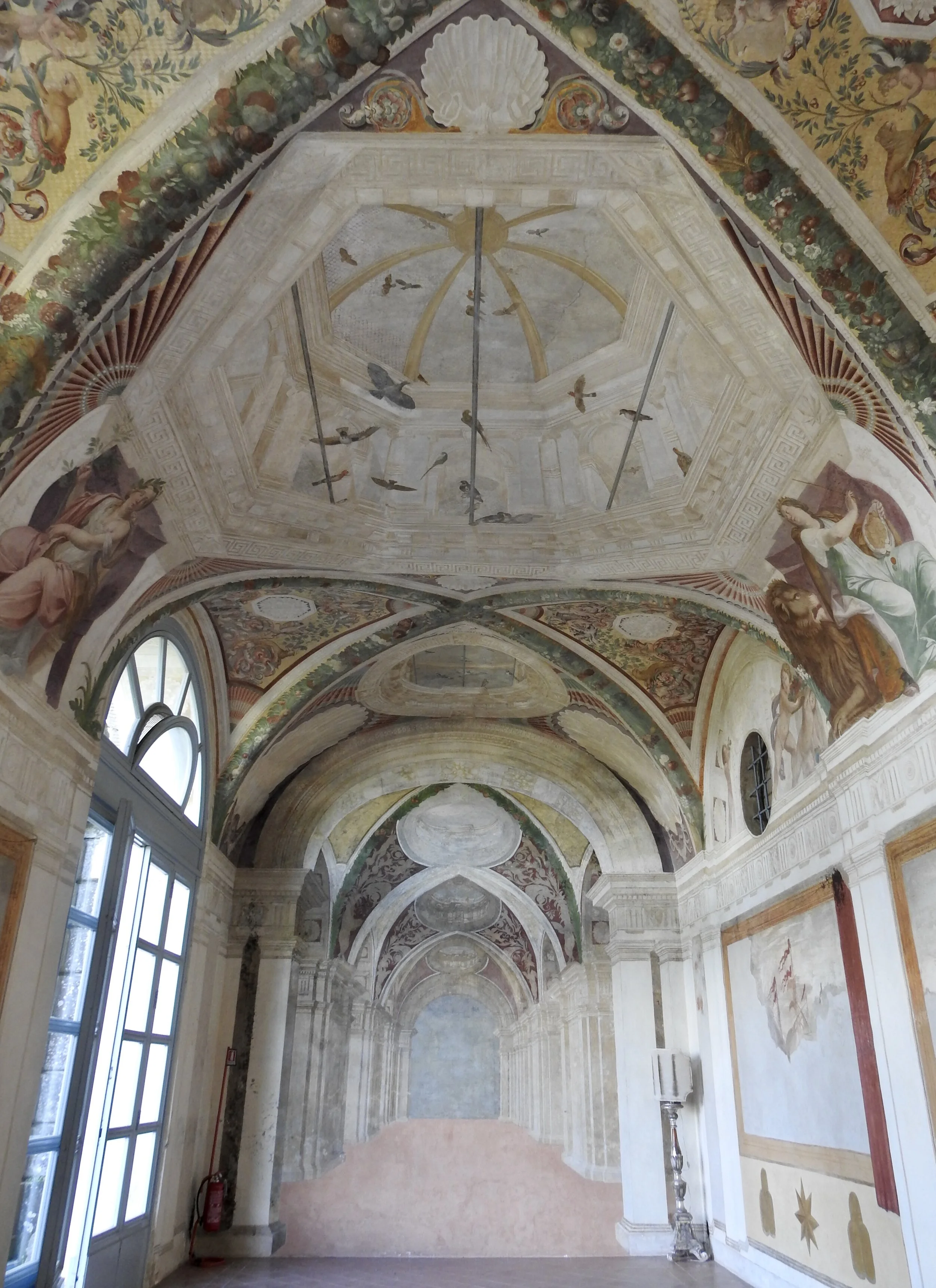Police violence against African Americans is not new. Catching such violence on video is also no longer new. But in a country worn thin by the stresses of the coronavirus, the never-ending blows of living under the neo-Nazis’ favorite president, and a looming, uncertain election, something has finally snapped.
What’s amazing to me is not that the protests are happening, but that it took so many extreme factors (including the time allowed by mass unemployment) to get us to this point. And I’m impressed by the fact that, in the face of so much injustice and an apparent shift into full-on governmental authoritarianism, the vast majority of those protesting truly are peaceful.
But I also live in a place where many people still don’t fully understand where the protestors are coming from, or else have been swayed by reports that conflate the protestors with looters—stories designed to turn the public against those seeking necessary change.
The purpose of today’s post, then, is to try to reach out to those who may be wondering how we got here or are not yet sure how they stand. There are dozens, if not hundreds, of useful articles and social media posts out there, but the following are a pretty good place to start, especially for those not already on sites like Twitter and Facebook.
This article, from CNN, includes birdwatcher Christian Cooper’s full video of a white person attempting to weaponize the police against him after he asked her to put her dog on a leash.
These articles (1) (2) from Heavy.com include videos of George Floyd’s fatal arrest, in which police ignored his pleas that he couldn’t breathe while an officer kneeled on his neck.
This article, from the BBC, includes several videos of police attacking peaceful protesters (imagery may be disturbing, but that’s the point). Many, many more videos like these are out there, including several of black store owners seeking help having the police turn on them and journalists being attacked by police while trying to cover the protests. One journalist even lost her eye while covering the Minneapolis protests.
All the while, the White House, many Republican officials, and certain news outlets continue to conflate the peaceful protestors with looters and “rioters,” encouraging militaristic action against them. I prefer my horror accompanied by humor, so here are some relevant clips with commentary by Steven Colbert.
And here’s a video of the Lafayette Square protestors being shot at with tear gas so the president could walk across the street for a staged photo op.
The following videos lend context and insight. I especially recommend those featuring Late Night’s Amber Ruffin, who recounts her own lived experiences and encounters with police.
Right now, we here in the US seem to be on a precipice between making real strides forward in the fight for racial equality and justice, or else falling into an unprecedented period of fascist authoritarianism. It’s scary. It’s infuriating. It hurts. But it’s also amazing to feel so close to actual change. Those putting their safety on the line to ensure that change is for the better deserve all of our thanks and support.
If you want to do your part, check out https://blacklivesmatters.carrd.co/ for a myriad of ways to lend a hand.
